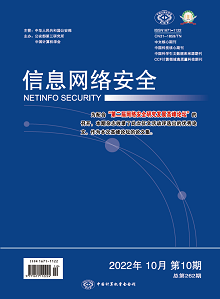With the development of blockchain technology, virtual currency represented by bitcoin has become an important tool for money laundering, hacker attacks, telecommunications network fraud and other crimes, which poses a serious threat to the personal and property security of citizens, and even threatens the stability of the national financial market. Therefore, the research on abnormal transaction data detection of virtual currency based on blockchain technology is of great significance. Firstly, this paper use the custom sliding window mechanism to extract the characteristics of blockchain transaction data. Secondly, it procesed from three channels to form three feature vectors according to the characteristics of blockchain transaction data. Finally, it spliced these three feature vectors to build a blockchain abnormal transaction data detection model. This paper verified the feasibility and superiority of the model with the data set released by the blockchain intelligence company Elliptic. The precision, recall and F1 values of the model reached 92.96%, 85% and 92.43%. The experimental results show that the feature vector based on multi-feature fusion contains more abundant blockchain transaction information, which can effectively improve the performance of blockchain abnormal transaction detection.

